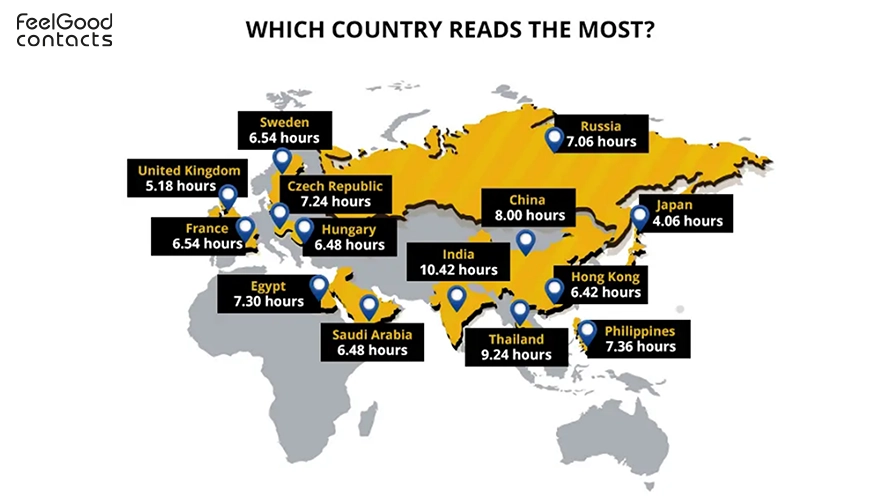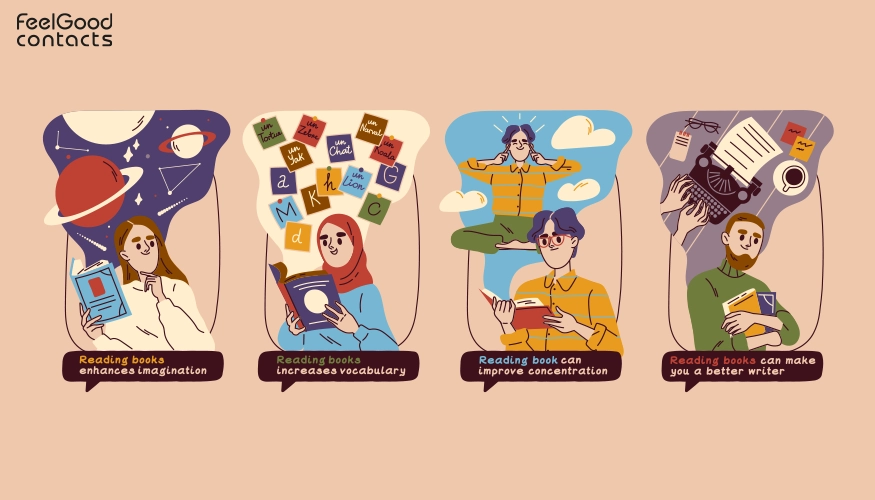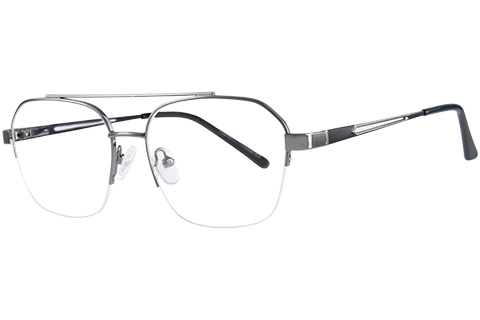Every year on September 6th, bibliophiles and those who enjoy reading in general come together to celebrate National Read a Book Day. Do you remember those good old days when we used to borrow books from our friends or spend prolonged hours in a library? This special day reminds us of the shared joys of reading.
Reading is not only fun but also good for the mind and soul. Whether you like fiction, non-fiction or culinary sciences, every day is a good day to explore something new. In a busy world of distractions, reading gives us a break and lets us discover new worlds, ideas, and perspectives.
How the world reads
The global literacy rate for individuals aged 15 and above is 86.3%, which comprises 90% of males and 82.7% of females. Developed nations have a higher literacy rate of 99.2% (2013), while South and West Asia and sub-Saharan Africa have 70.2% (2015) and 64% (2015), respectively.
The number of readers in the Books market in the United Kingdom is projected to reach 40.3m users by 2029.

Source: https://worldpopulationreview.com/country-rankings/average-books-read-per-year-by-country
What are the benefits of reading?
Today, on National Read a Book Day, let's get to know the benefits of reading:
1. Keeps your mind fresh
Reading keeps your brain active and sharp. Unlike watching TV, it makes you introspect, visualise, and connect ideas.
Studies show that regular reading improves thinking abilities and focus and can delay the onset of cognitive decline in older adults. It helps you concentrate and pay better attention to things in everyday life. Whether it's a nail-gripping novel or an informative autobiography, the mental effort involved in it can make your mind sharper and more focused.
2. Helps you relax and reduce stress
In today's fast-paced world, stress is common. Reading gives you a break from prolonged screen time and helps you relax.
A study conducted by the University of Sussex says that reading can reduce stress levels by up to 68%, more than listening to music or taking a walk. Think about it, when you're lost in a good book, doesn’t your stress seem to disappear, leaving you feeling refreshed?
3. Increases your knowledge and empathy
Books hold the door ajar to knowledge. They enlighten you with insights into different cultures, history, science and personal experiences. Reading broadens your understanding of the world and exposes you to new ideas. It's no surprise that people who read a lot often have a better understanding of the world.

How to celebrate National Read a Book Day
Here are some fun things we can do together to celebrate the occasion:
1. First things first: Stock up on Eye care essentials
If you are one of those bookworms who stay glued to your book for hours, taking care of those beautiful eyes that help you read the words of wisdom is extremely important. Prolonged hours of book-reading or screentime scrolling through e-book PDFs can strain your eyes.
You can browse for a pair of contact lenses, prescription glasses and other eye care products such as sunglasses with 100% UVA/B protection, eye drops and lots more from Feel Good Contacts. Sit back, relax and shop for eye care essentials at affordable prices from the comfort of your home.

Thera-Pearl Eye Mask




























